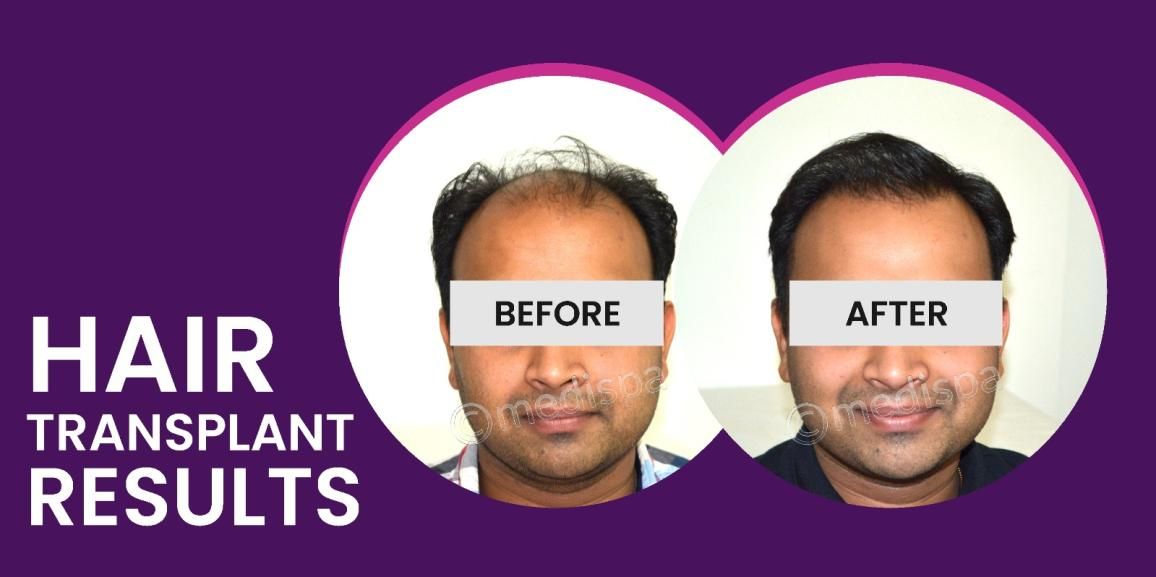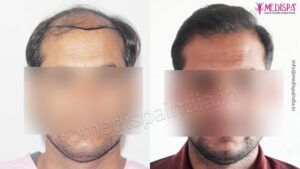
Throughout history, humanity has been marked by its continuous evolution and development. As time progresses, people undergo changes and technology advances. While various fields have seen rapid progress, the field of hair transplantation has lagged behind in terms of advancements compared to previous decades when it was still in its early stages. However, recent breakthroughs have paved the way for success. This is particularly exciting news for individuals experiencing hair loss, as they now have the opportunity to achieve pleasant hair growth even after becoming bald. Hair transplantation offers a second chance for them to proudly display their hair in the manner they desire.
Since 2005, Medispa hair transplant clinic has established itself as a leading provider of high-quality and consistently successful hair transplant procedures nationwide. Catering to a diverse clientele from across the globe, we have extensive experience working with individuals of various backgrounds, hair textures, and skin tones. With over 10,000 successful hair transplants completed over a span of more than 15 years, our expertise in handling a wide range of hair transplant cases is unparalleled.
Renowned for his exceptional surgical skills and keen eye for aesthetics, Dr. Suneet Soni is a highly respected figure in the field of hair transplantation. His work has garnered praise from numerous patients, including celebrities, who have chosen him as their preferred surgeon.
Hair transplant: Then and Now
The hair transplant procedure has significantly advanced over time, now offering more natural-looking results compared to the rudimentary methods used in the past. Today, the techniques used for hair transplantation ensure that the outcomes are seamless and undetectable, providing a visually appealing appearance. The continuous growth of the hair transplant market leads to the introduction of new methods each year, aiming to enhance the procedure’s effectiveness in achieving high density coverage and satisfactory results.
An overview of hair transplant
A surgical technique called hair transplantation involves extracting hair follicles from specific areas of the body known as donor sites, which have permanent hair roots, and then implanting these follicles into the desired bald area.
Only a limited number of clinics and surgeons in India are utilizing these advanced methods. Dr. Suneet Soni, a globally recognized surgeon, is known for his innovation and insight, which allows him to stay updated on advancements and incorporate them into his regular practice.
With the implementation of this state-of-the-art approach, the procedure provides optimal hair growth and completely natural-looking outcomes.
While the hair transplant procedure can benefit all individuals experiencing hair loss, it may not always be a suitable treatment option in certain cases. Following a comprehensive physical examination and any necessary tests, the selection of candidates and patients for a hair transplant is determined during the initial consultation. When selecting the most suitable candidate for a hair transplant, various factors such as the type of hair loss, the presence of any underlying medical conditions, the availability of hair density, and the extent of baldness are thoroughly evaluated.
Significance of hair transplant surgery:
Hair transplant surgery is considered the most effective solution for hair loss due to its multitude of benefits compared to other treatment alternatives.
- Permanent results: One of its key advantages is the permanent results it provides. This procedure involves transferring follicular units that are resistant to DHT, a hormone responsible for hair thinning and loss. These transplanted follicles do not succumb to genetic factors and continue to grow normally, ensuring a lifelong solution to hair loss.
- Achieves highly authentic results: By utilizing state-of-the-art technology and equipment, the hair transplant procedure yields outcomes that appear remarkably natural. The proficiency and knowledge of the surgeon play a vital role in achieving these authentic results.
- Low-maintenance post-treatment: Since the transplanted hair grows naturally alongside the existing hair, the hair transplant technique does not demand extensive maintenance after the procedure.
- Cost-effective: The affordability of hair transplant procedures in India has transformed it into a financially feasible choice, attracting individuals from across the globe for hair transplant tourism.
Different Hair transplant techniques
To achieve optimal outcomes, two primary techniques for hair transplantation are modified and occasionally combined. Here is an explanation of these procedures:
The FUT hair transplant procedure involves the removal of a very thin strip of scalp, which is then divided by technicians to obtain individual hair grafts. The donor area is then stitched back together using the trichophytic closure method, a more recent technique that minimizes scarring and can be easily concealed by surrounding hair. The harvested hairs are carefully implanted in the desired bald area, following the design of the hairline. This method is recommended for cases of severe baldness and when a high density of hair transplantation is required, as it allows for the collection of 3000-3500 hairs.
Success rate of FUT hair transplant: The success rate of the FUT hair transplant procedure can reach over 95% to 100% when performed by a skilled professional. This technique requires expertise and should only be conducted by an experienced hair transplant surgeon. By maximizing hair density, patients can achieve highly appealing results under the care of a qualified specialist.
FUE hair transplantation: The process of FUE hair transplantation entails extracting hair grafts from donor areas using a punch-like tool. The tool is inserted into the skin of the donor region following the direction of hair growth, and then the grafts are transplanted to the desired balding area. Due to the nature of the procedure, there is a higher risk of follicular damage as it is done without direct visibility. This technique is typically suggested for facial hair transplants and in the early stages of baldness, as it usually involves up to 2500 hair grafts per session.
Success rate of FUE hair transplant: The success rate of the FUE technique may be high, but it is a challenging procedure with a greater risk of injury. Opting for the correct approach through careful consideration will enhance the likelihood of success. The expertise and proficiency of the hair transplant surgeon are key factors in ensuring a successful outcome.
Combination technique: The fusion of FUT and FUE hair transplant techniques was created to achieve a dense hair transplant result and address severe cases of baldness in one session. This innovative approach combines the strengths of both methods, potentially yielding over 4000 hair grafts. FUT is utilized to harvest the majority of hair grafts, while FUE is employed to extract the remaining grafts. Not only does this combined technique allow for a higher number of hair transplants in a single session, but it also safeguards the donor area for future procedures.
Success rate of combination technique: The introduction of the combined approach marked a significant advancement in the field of hair transplantation, resulting in a remarkable success rate. This innovative method has made the once seemingly impossible task of restoring hair feasible. As a result, individuals experiencing hair loss can now achieve desired outcomes in a single visit, eliminating the need for multiple appointments.







